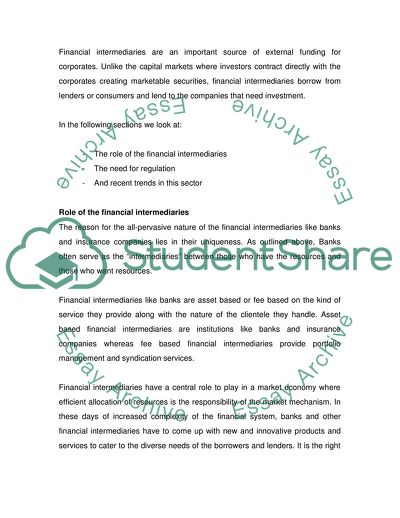Cite this document
(The Significance of Financial Intermediaries and the Role of the Term Paper - 2, n.d.)
The Significance of Financial Intermediaries and the Role of the Term Paper - 2. Retrieved from https://studentshare.org/macro-microeconomics/1713358-introduction-to-financial-services
The Significance of Financial Intermediaries and the Role of the Term Paper - 2. Retrieved from https://studentshare.org/macro-microeconomics/1713358-introduction-to-financial-services
(The Significance of Financial Intermediaries and the Role of the Term Paper - 2)
The Significance of Financial Intermediaries and the Role of the Term Paper - 2. https://studentshare.org/macro-microeconomics/1713358-introduction-to-financial-services.
The Significance of Financial Intermediaries and the Role of the Term Paper - 2. https://studentshare.org/macro-microeconomics/1713358-introduction-to-financial-services.
“The Significance of Financial Intermediaries and the Role of the Term Paper - 2”. https://studentshare.org/macro-microeconomics/1713358-introduction-to-financial-services.


